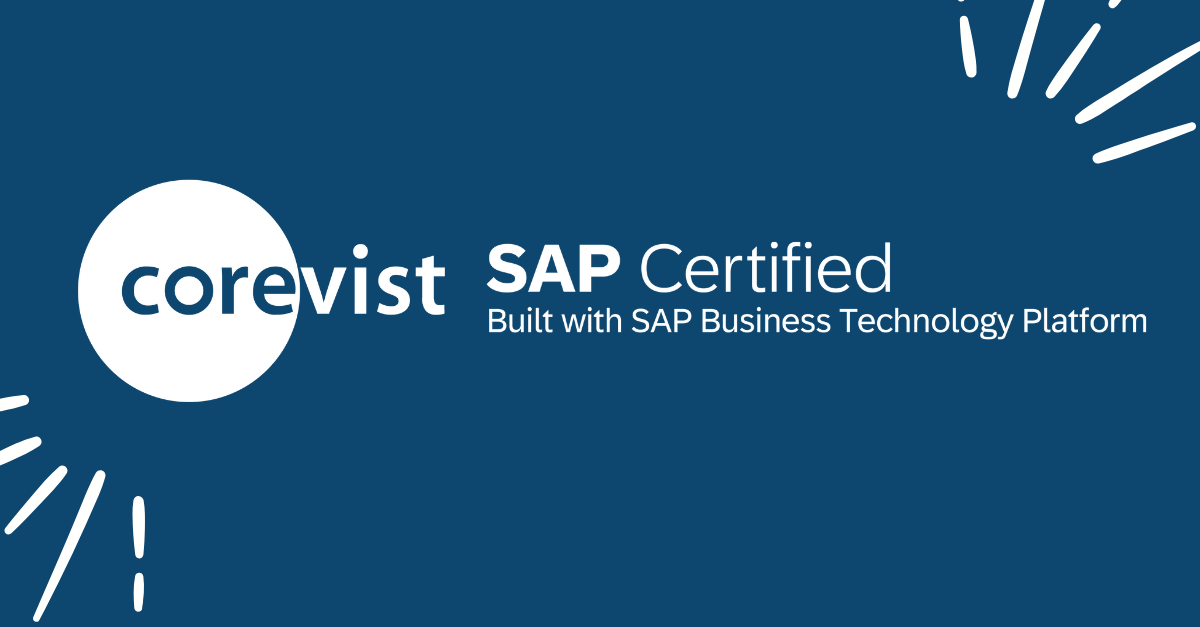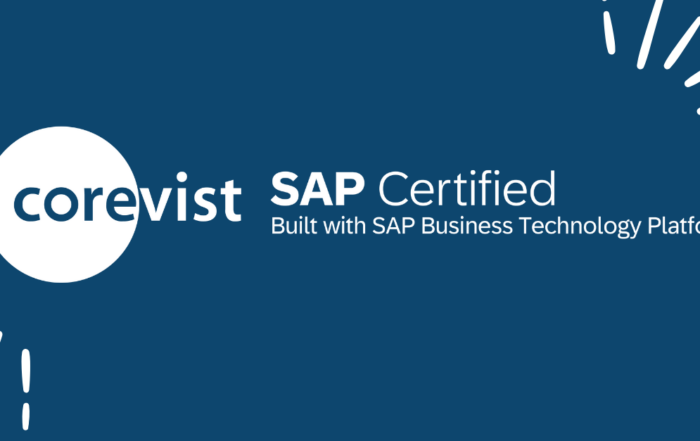Share
Author
Corevist Marketing Team
Share
In the world of ecommerce, the traditional view of costs as expenses to be minimized is evolving. A new perspective is emerging—one that sees ecommerce costs not as financial burdens but as strategic investments with the potential for significant returns. In this blog post, we’ll explore this shift in mindset and how redefining ecommerce costs as investments can drive growth, innovation, and long-term success.
Embracing Strategic Investments
In the past, businesses often approached ecommerce costs with a singular focus on cutting expenses. This traditional cost-cutting approach, while crucial for financial health, sometimes hindered long-term growth and customer satisfaction. Recognizing the limitations of this mindset, businesses are now moving towards a more strategic perspective that positions costs as intentional investments.
The Paradigm Shift: Costs as Investments
Today, forward-thinking ecommerce businesses are reframing their perspective. They recognize that expenditures made in key areas of ecommerce operations are not merely expenses but investments that can yield substantial returns. These strategic investments are centered around creating superior customer experiences, improving operational efficiency, and driving revenue growth.
4 Key Areas of Investment in Ecommerce
- User Experience Enhancement: Investing in a user-friendly website, intuitive navigation, mobile responsiveness, and fast load times can lead to increased customer satisfaction, higher conversion rates, and more significant sales. These improvements enhance the overall customer experience and are investments in future loyalty and repeat business.
- Data Analytics and Customer Insights: Investment in data analytics tools and expertise allows you to gather actionable insights into customer behavior, preferences, and trends. By leveraging these insights, you can make informed decisions about product offerings, marketing strategies, and user experience enhancements, ultimately increasing ROI.
- Marketing Automation and Personalization: Deploying marketing automation tools and personalized marketing strategies can significantly improve customer engagement and drive conversions. Personalized recommendations, tailored messaging, and automated email campaigns are investments in nurturing leads and increasing sales.
- E-commerce Platform Optimization: Consider investments in the optimization of your ecommerce platform. Implementing features like a streamlined checkout process, robust inventory management, and effective product recommendations can enhance the overall shopping experience and boost conversion rates.
The ROI of Strategic Ecommerce Investments
When businesses make strategic ecommerce investments, they are positioning themselves for long-term success and sustainable growth. These investments may not provide immediate, tangible returns, but they contribute to building a strong and resilient ecommerce foundation. The return on these investments manifests in the form of:
- Increased Revenue: Enhanced user experiences, effective SEO, and personalized marketing can drive more traffic and higher conversion rates, directly impacting your bottom line.
- Customer Loyalty: Investing in customer satisfaction and personalized experiences fosters loyalty, leading to repeat purchases and brand advocacy.
- Operational Efficiency: Investments in automation and analytics improve efficiency, reducing operational costs in the long run.
- Market Competitiveness: Staying at the forefront of technology and innovation ensures your business remains competitive in a rapidly evolving ecommerce landscape.
Conclusion
Redefining ecommerce costs as strategic investments marks a shift from short-term thinking to a more holistic, long-term approach to business success. By making strategic investments in user experience, content, data analytics, marketing automation, and platform optimization, ecommerce businesses position themselves to thrive in a competitive marketplace. Viewing these expenditures as investments acknowledges their potential for significant returns and underscores the value of building a robust and customer-centric ecommerce ecosystem. In today’s e-commerce landscape, it’s not just about cutting costs; it’s about investing wisely to secure a prosperous future.








